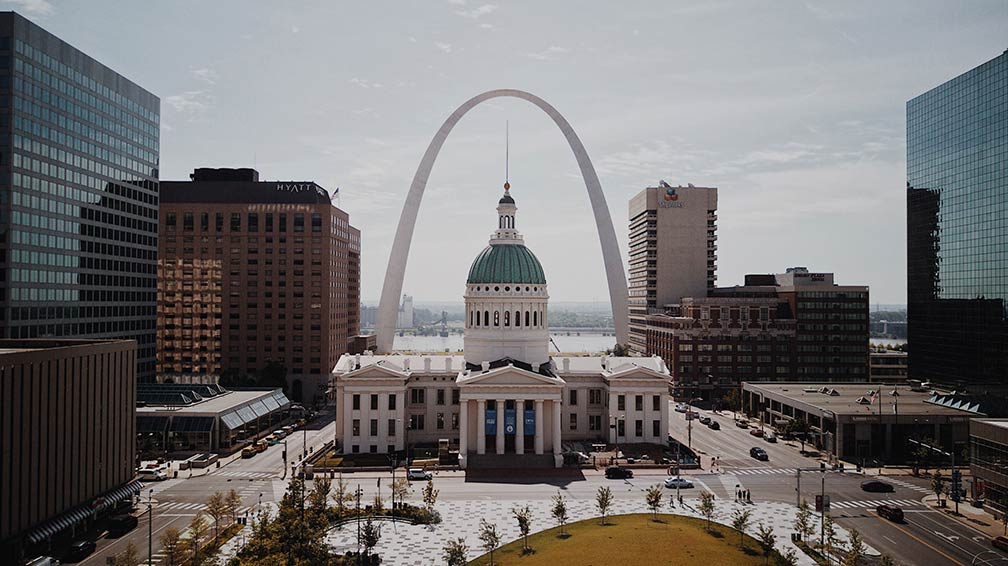 Old County Courthouse with the Gateway Arch in St. Louis, Missouri.
Old County Courthouse with the Gateway Arch in St. Louis, Missouri.
Image: Brittney Butler
Other cities and towns in Missouri:
Ava, Bethany, Bolivar, Boonville, Bowling Green, Branson, Brookfield, Butler, Cameron, Cape Girardeau, Carrollton, Carthage, Chillicothe, Clinton, Dexter, Doniphan, Edina, Farmington, Festus, Florissant, Fredericktown, Fulton, Gainesville, Gladstone, Hannibal, Harrisonville, Hermitage, Houston, Joplin, Kennett, Kirksville, Lamar, Lancaster, Lebanon, Lees Summit, Liberty, Macon, Malden, Marshall, Maryville, Mexico, Moberly, Monett, Mountain Grove, Neosho, Nevada, Oakville, Osceola, Park Hills, Perryville, Plattsburg, Poplar Bluff, Princeton, Raytown, Rock Point, Rolla, Salem, Sedalia, Sikeston, St Charles, St Joseph, Sullivan, Trenton, Troy, Van Buren, Vienna, Warrensburg, Warrenton, Washington, West Plains, and Willow Springs.
 Downtown Kansas City and surroundings, viewed from the Liberty Memorial.
Image: Little Mountain 5
Downtown Kansas City and surroundings, viewed from the Liberty Memorial.
Image: Little Mountain 5

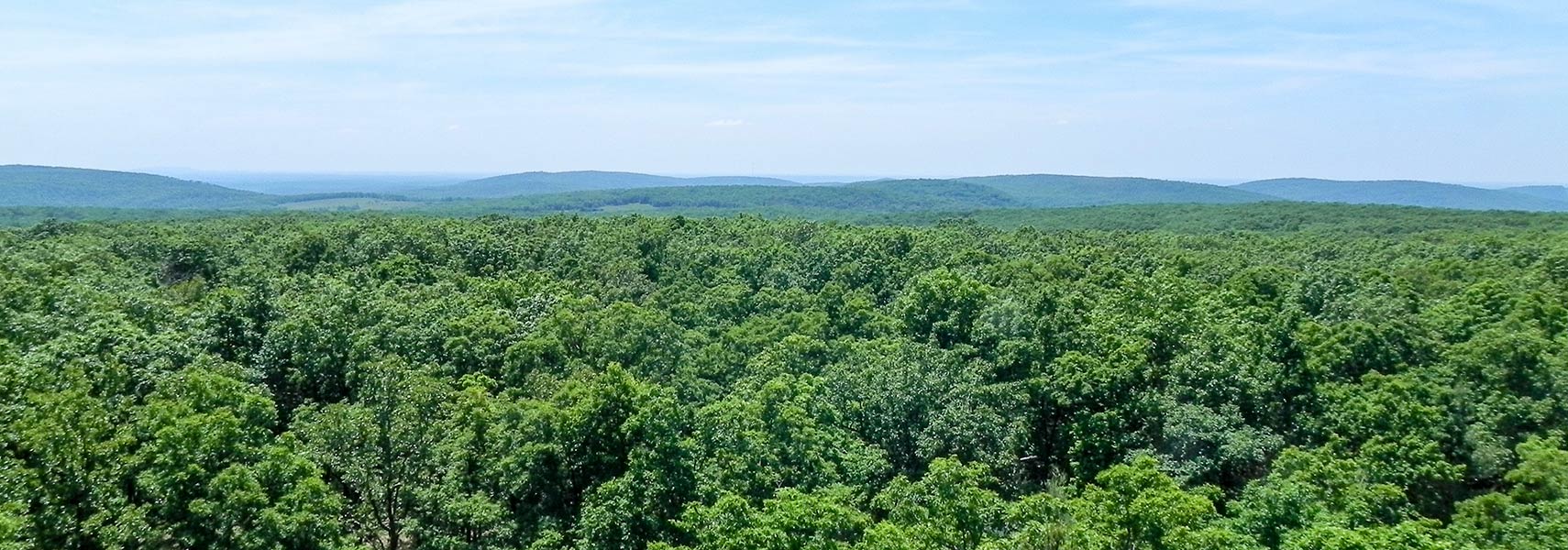
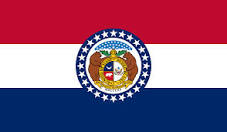
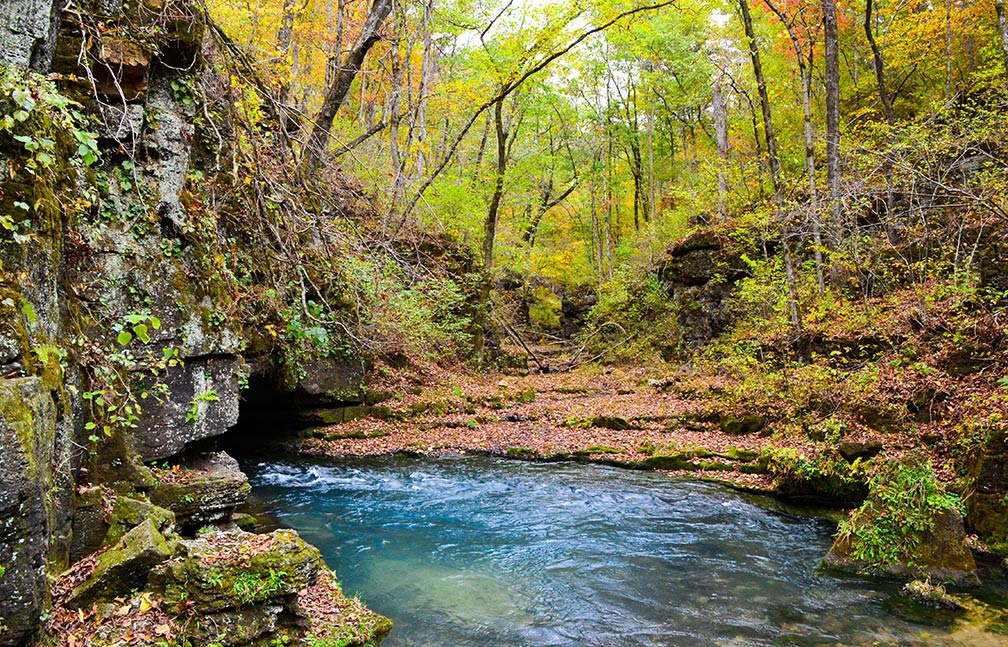
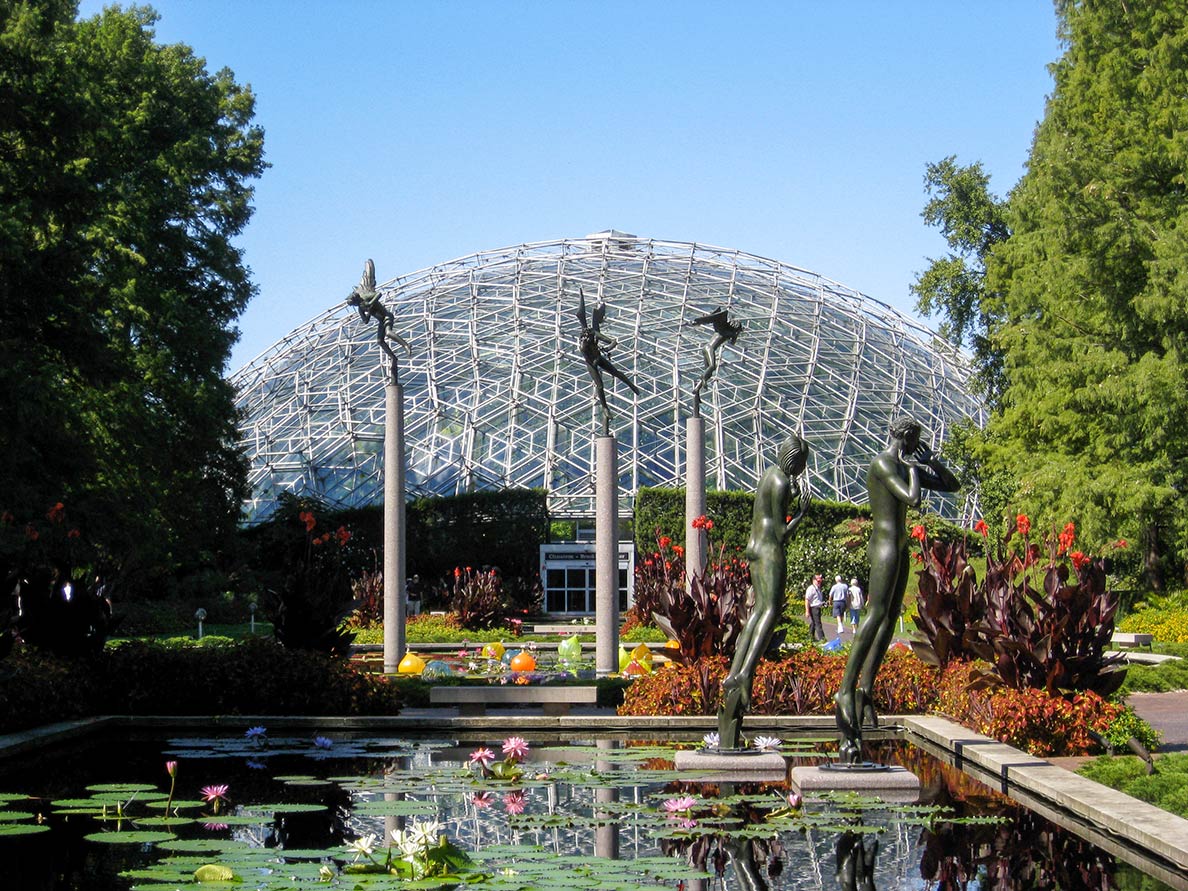
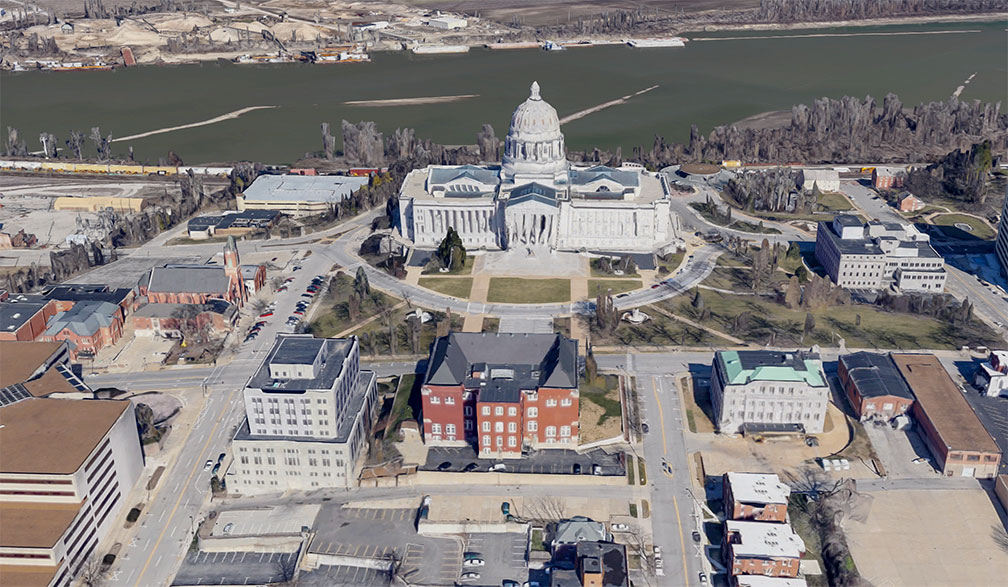
 Downtown Kansas City and surroundings, viewed from the Liberty Memorial.
Downtown Kansas City and surroundings, viewed from the Liberty Memorial.